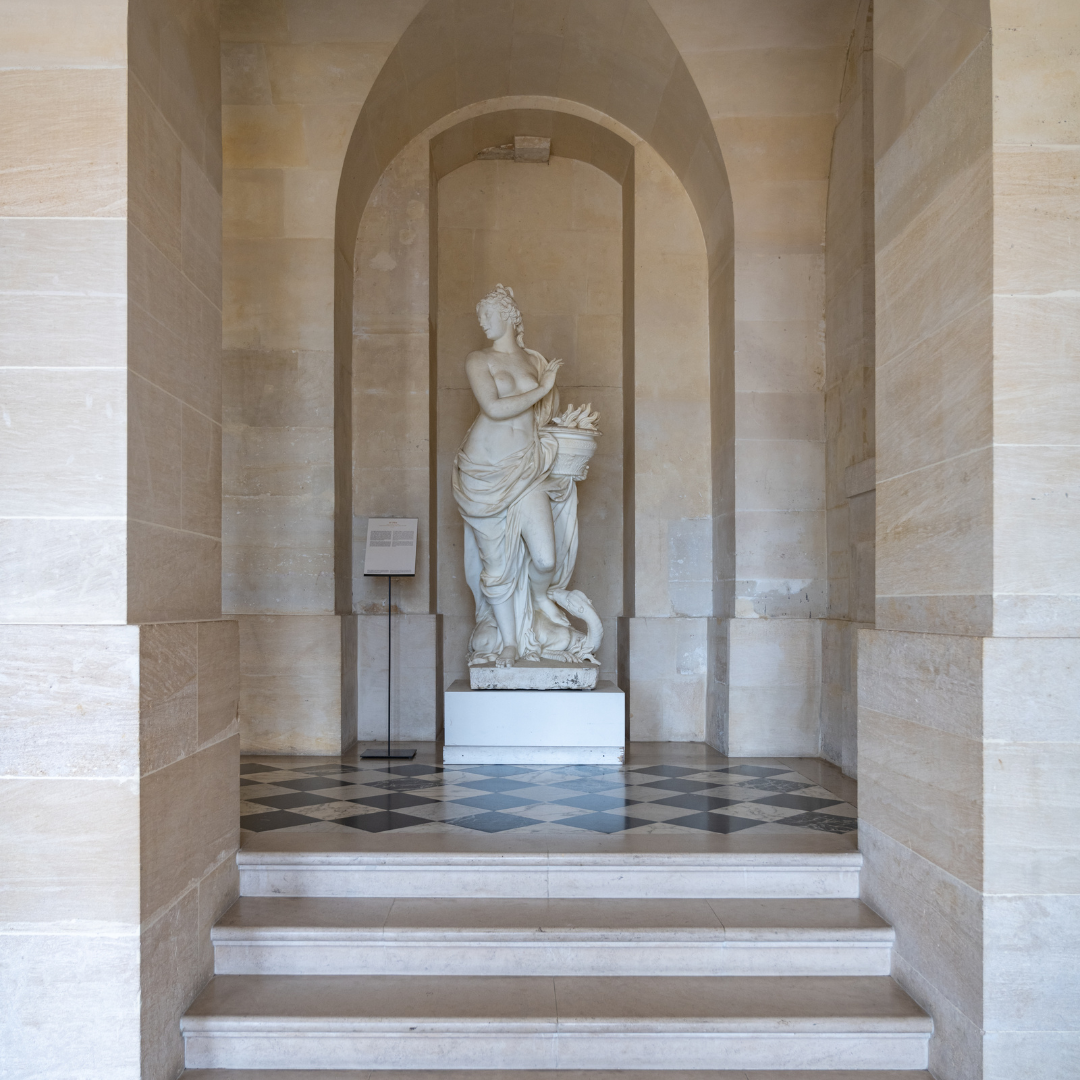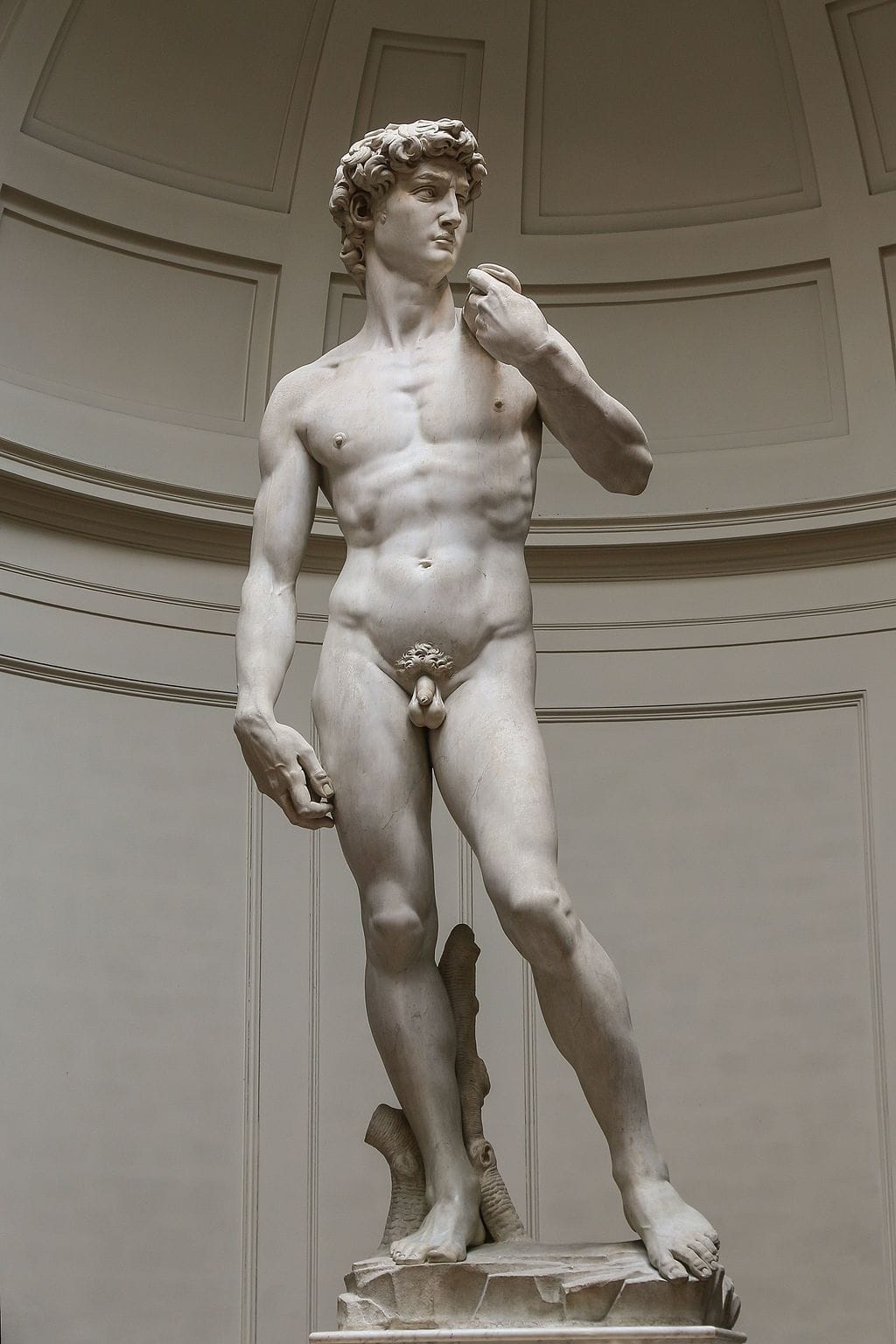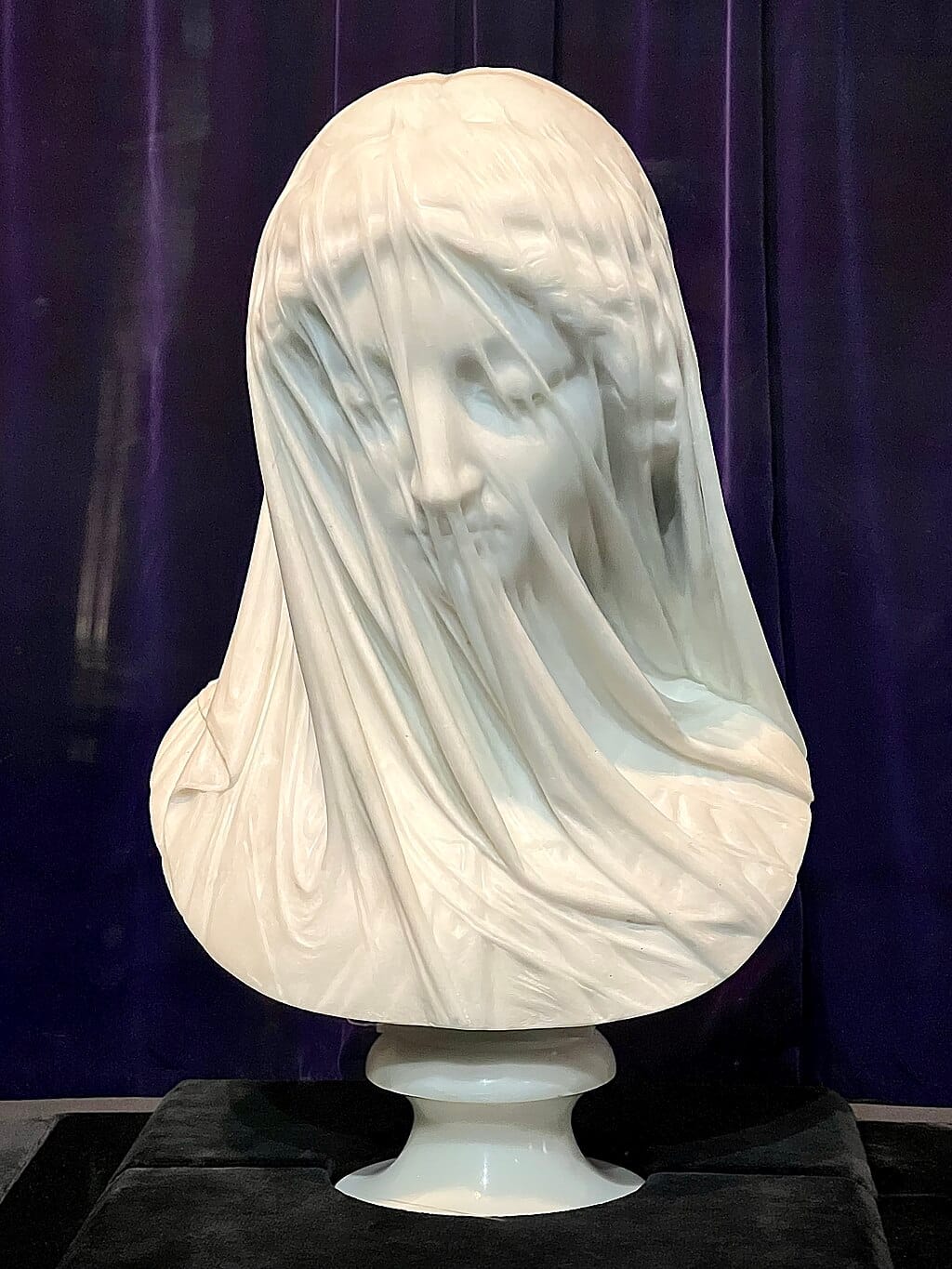Marble, The Prestigious Stone
Marble, a word derived from the Greek "marmaros" meaning "shining stone" is one of the most revered materials in human history. Its journey from the depths of the Earth to becoming a central element in architecture and art is a story that spans millions of years and countless civilisations.

In geological terms, marble is a metamorphic rock primarily composed of calcite crystals, which forms from the recrystallisation of limestone deposits accumulated on ancient seabeds under intense pressure and heat. This transformation, which typically occurred over the last 100-200 million years, imbues marble with a unique density and grain, allowing for a range of finishes, from a high polish to a matte surface. The unique veining and myriad colours of marble are the result of the presence of metallic oxides and other impurities during its formation. Each quarry around the world offers its distinct varieties of marble, contributing to the stone's universal appeal and versatility.
Marble has a long history as a material of choice for construction and sculpture, with some of its earliest large-scale uses observed in ancient Egypt, although limestone and sandstone were more commonly used there. However, it was the Greeks and Romans who truly elevated marble to an art form. By the 6th century BC, the Greeks began sculpting deities and constructing temples from marble, recognising the stone’s ability to convey both grandeur and subtlety. The Romans, impressed by Greek marble usage, imported it from various regions within their empire, including Asia Minor, North Africa, and Carrara in Italy, and used it extensively in the construction of baths, temples, and a wide range of architectural features. Roman marble structures, from monumental temples to intricate mosaics, showcased the empire’s wealth and artistic achievement.
Following the fall of the Western Roman Empire in the 5th century AD, the production and trade of marble declined significantly due to invasions and societal disruptions. During the early medieval period, much of the marble from ancient Roman structures was repurposed or dismantled, often for use in new buildings or as lime for mortar. This led to the loss of many classical marble masterpieces. By the end of this period, only a fraction of Rome's marble splendour survived, with some pieces preserved in situ or rediscovered and conserved over time.
It wasn't until the Italian Renaissance that marble re-emerged as a cornerstone of art and architecture. The Medici family, rulers of Florence, championed the revival of classical antiquity, transforming the city into a hub of marble artistry. This period saw an explosion of marble use, from grand flooring and intricate facades to iconic sculptures. Michelangelo, perhaps the most famous sculptor of the Renaissance, demonstrated the stone's potential with masterpieces like the colossal statue of David, carved from a single block of marble previously deemed unusable by others.

The Renaissance also sparked a renewed interest in marble across Europe. By the 16th century, French architects and artists, inspired by the wonders of Italian craftsmanship, began incorporating marble into their own designs. This influence is evident in the extensive use of marble in structures like the Cour de Marbre at the Palace of Versailles and the façade of the Louvre. Although the Taj Mahal, a 73-meter tall mausoleum of white marble inlaid with precious stones, was constructed in the 17th century under the Mughal Empire, it stands as one of the finest examples of marble artistry, demonstrating the global appeal of marble in architecture.
The 19th century saw the continuation of marble's esteemed role in architecture, with the Paris Palais Garnier, designed by Charles Garnier, standing as a testament to the material's enduring appeal. Marble was used extensively to emphasise the grandeur and opulence of the Second Empire style, particularly in iconic structures. Despite the emergence of modernist movements in the 20th century, which often favoured abstraction and new materials, marble remained a favourite among purists and aesthetes, much as it had during the Renaissance.
Today, marble continues to be synonymous with elegance and timelessness. Whether in grand public spaces or private homes, it retains its status as a symbol of luxury and refinement. Its natural beauty, formed deep within the Earth, satisfies a fundamental human desire for both beauty and permanence. Marble's eternal allure is perhaps best exemplified in works like Giovanni Strazza's 'The Veiled Virgin,' where the stone’s translucency and texture are masterfully used to create a strikingly lifelike representation of delicate fabric draped over a human form.

Marble is much more than just a building material; it is a link to our past, a medium for artistic expression, and a timeless symbol of human achievement. From ancient temples to modern interiors, marble continues to inspire and captivate, its natural splendour and versatility unmatched by any other material. The legacy of marble, reflected in its historical and contemporary use, underscores its unparalleled influence in shaping art and architecture across centuries





